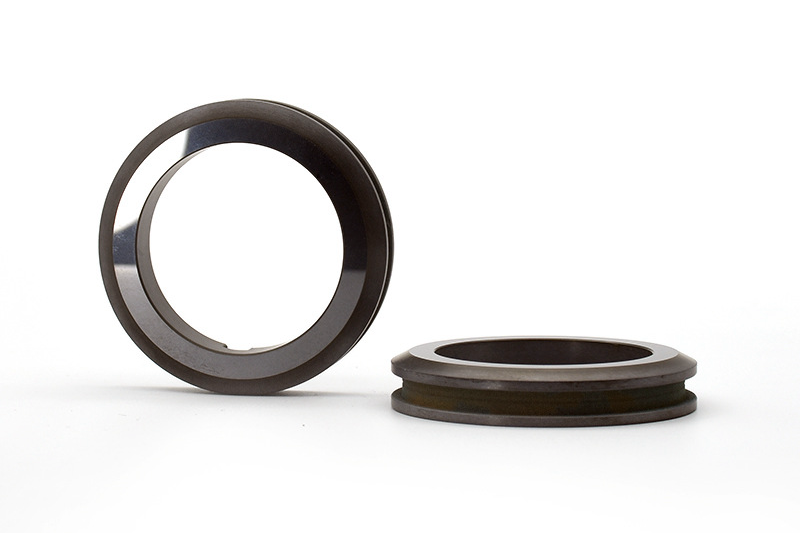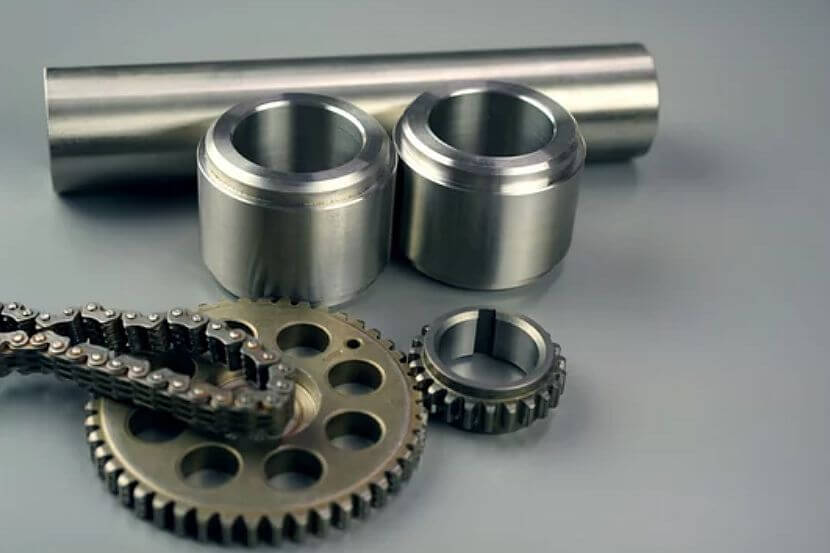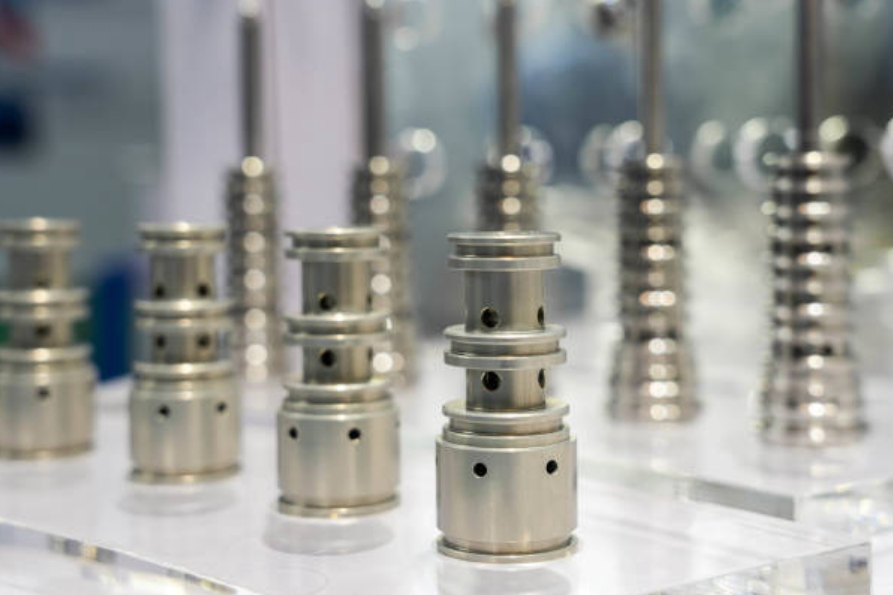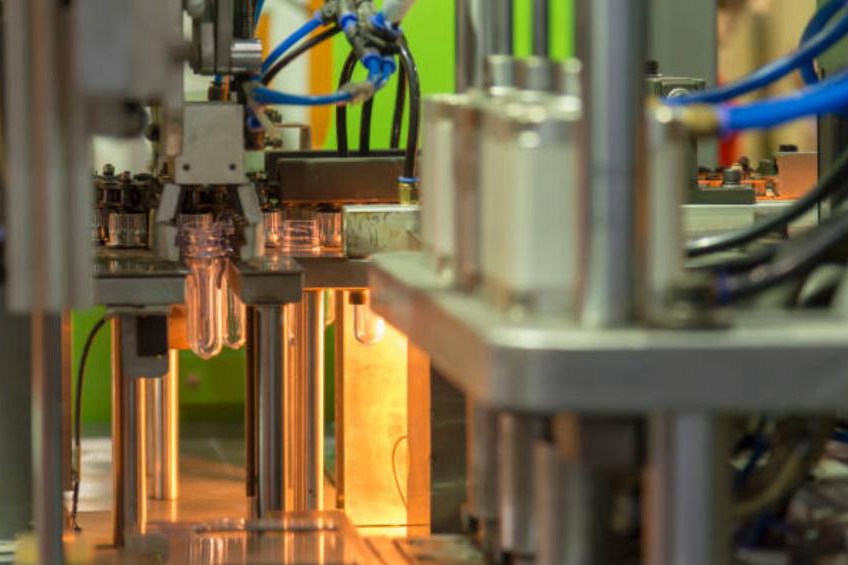What Are the Common Powder Compression Molding Materials and Examples?
Powder compression molding can utilize a wide range of metal and ceramic powders to produce small, precision components with tailored properties for applications across automotive, electronic, medical, tooling, defense, filtration, and other industries. Here are some of the common materials used in powder compression molding and example components produced from each:

Iron and Steel Powders
Iron and steel powders comprise a significant portion of powder compression molded parts. The exact alloy composition is tailored based on the application requirements. Some examples include:
- Low alloy steels - Used for high-strength structural parts like gears, sprockets, and shafts.
- Stainless steels - Austenitic grades like 304L and 316L are used for corrosion resistance in valves, fittings, and syringe parts.
- Tool steels - Medium carbon and high alloy tool steels provide wear resistance for bushings, bearings, and seal rings.
- Low carbon steels - For high ductility and toughness in pins, nails, washers, and spacers.
Aluminum Powders
Aluminum and its alloys have good strength-to-weight ratio and corrosion resistance. Common applications are:
- Electrical contacts, terminals, sockets - 6000 series alloys provide electrical conductivity.
- Heat sinks - High thermal conductivity used in electronic component heat sinks.
- Porous filters - Open pore structure allows fluid filtration applications.
- Bearings, bushings - Good lubricity properties utilized in automotive parts.
Copper and Copper Alloy Powders
- Electrical contacts - High conductivity selective leaded copper alloys used in switches.
- Friction materials - Tin-bronze alloys in clutch discs and brake linings.
- Structural parts - Bearings, bushings, and sleeves benefit from copper's ductility.
- Thermal management - Copper heat sinks used in electronics for heat dissipation.
Tungsten and Heavy Alloy Powders
- Radiation shielding - Tungsten alloys provide shielding from X-rays and gamma rays.
- Vibration damping - High-density balances rotating components in the equipment.
- Cutting tools - Hard tungsten carbide inserts for machining of steels.
- Counterweights - Compacted tungsten weights lower centers of gravity in assemblies.
Ceramic Oxide Powders
- Alumina - High hardness and wear resistance utilized in seal faces and ball valves.
- Zirconia - Toughness and bending strength make it suitable for knives and blades.
- Ferrites - Used in magnetostrictive and electromagnetic applications as cores.
- Aluminum nitride - Thermal management substrates for electronic packaging.
Non-oxide Ceramic Powders
- Silicon carbide - Wear parts, armors, and nozzles benefit from corrosion resistance.
- Boron carbide - Extreme hardness makes it suitable for ballistic armor.
- Silicon nitride - High-temperature strength used in automotive engine parts.



